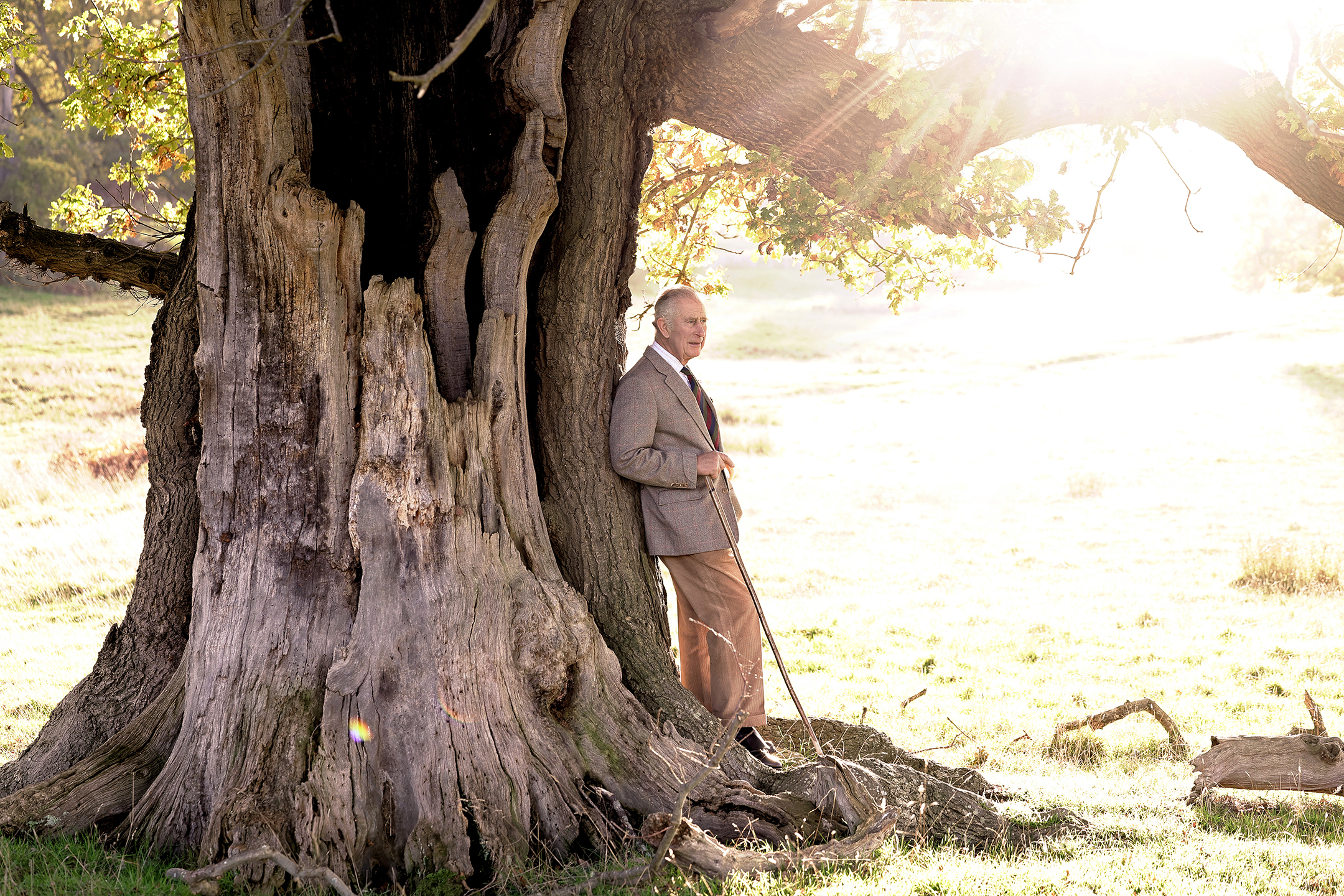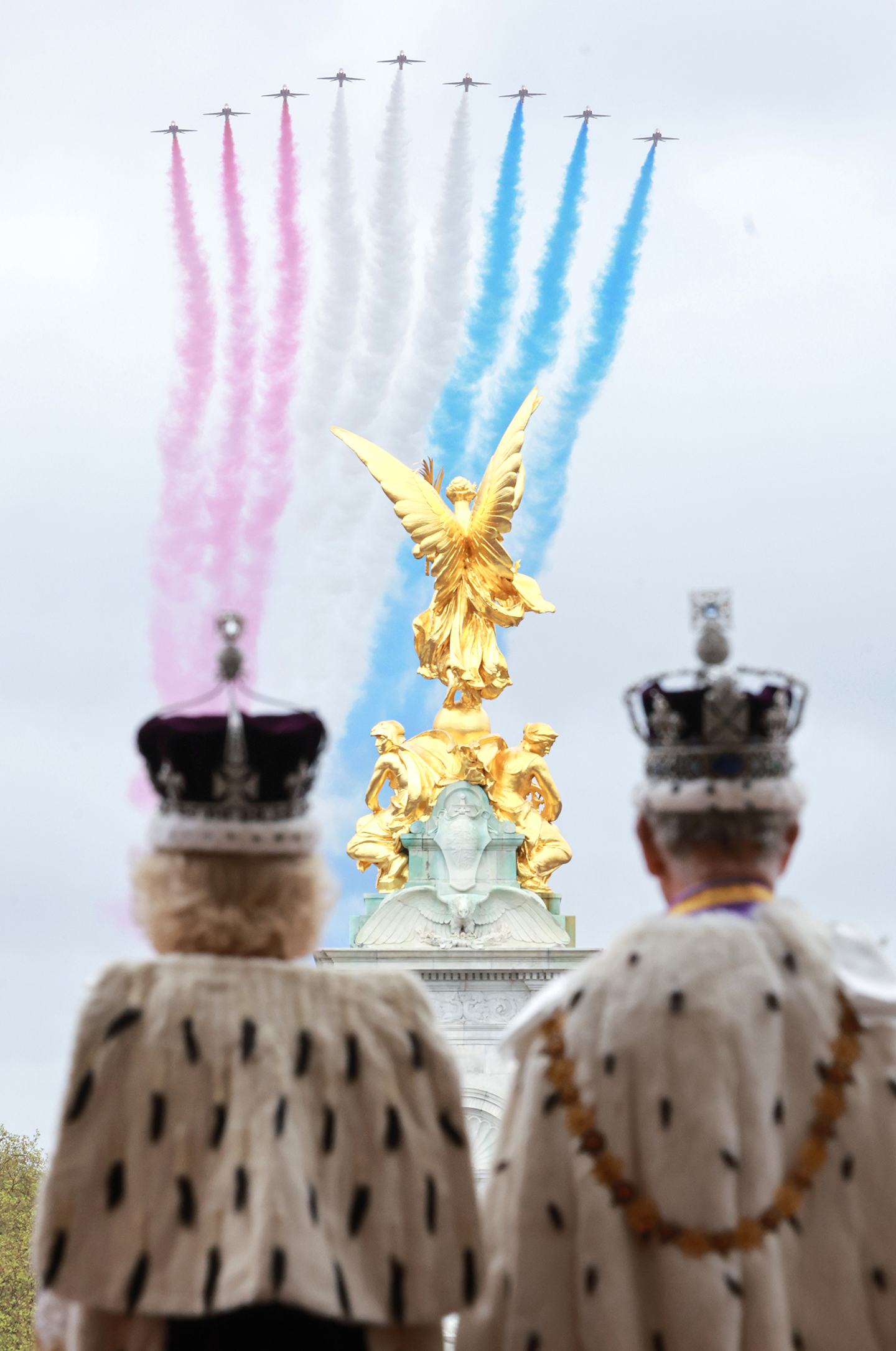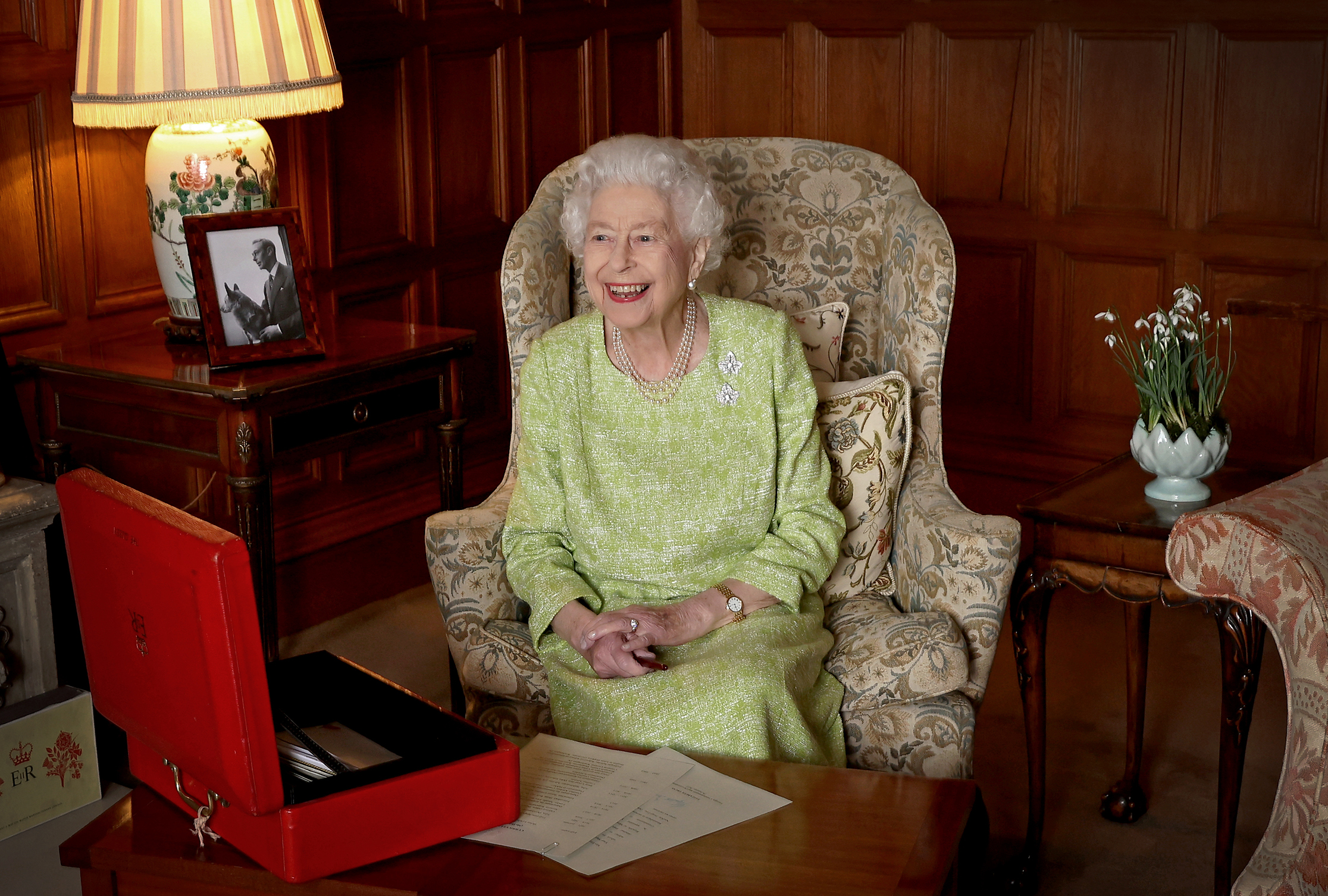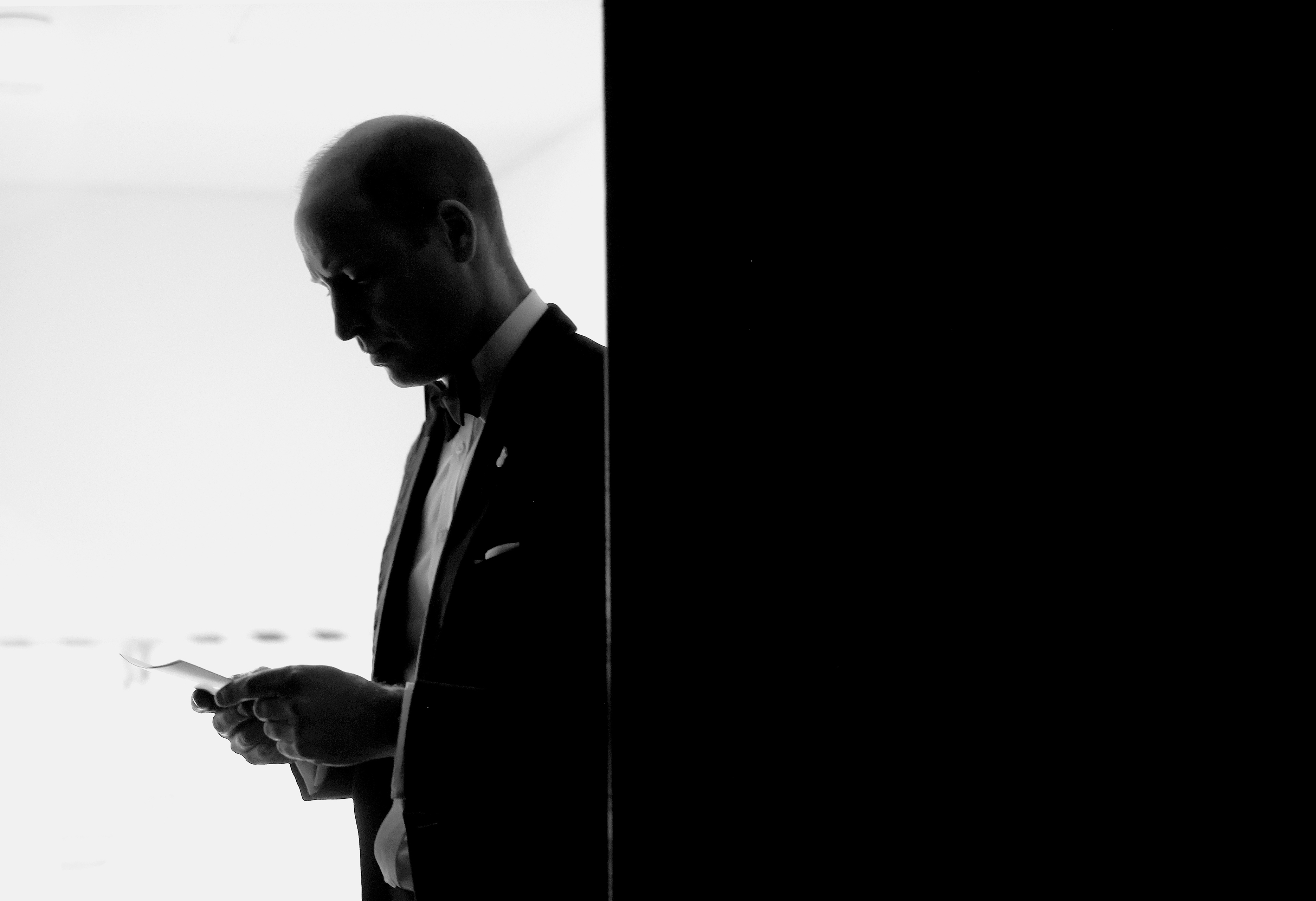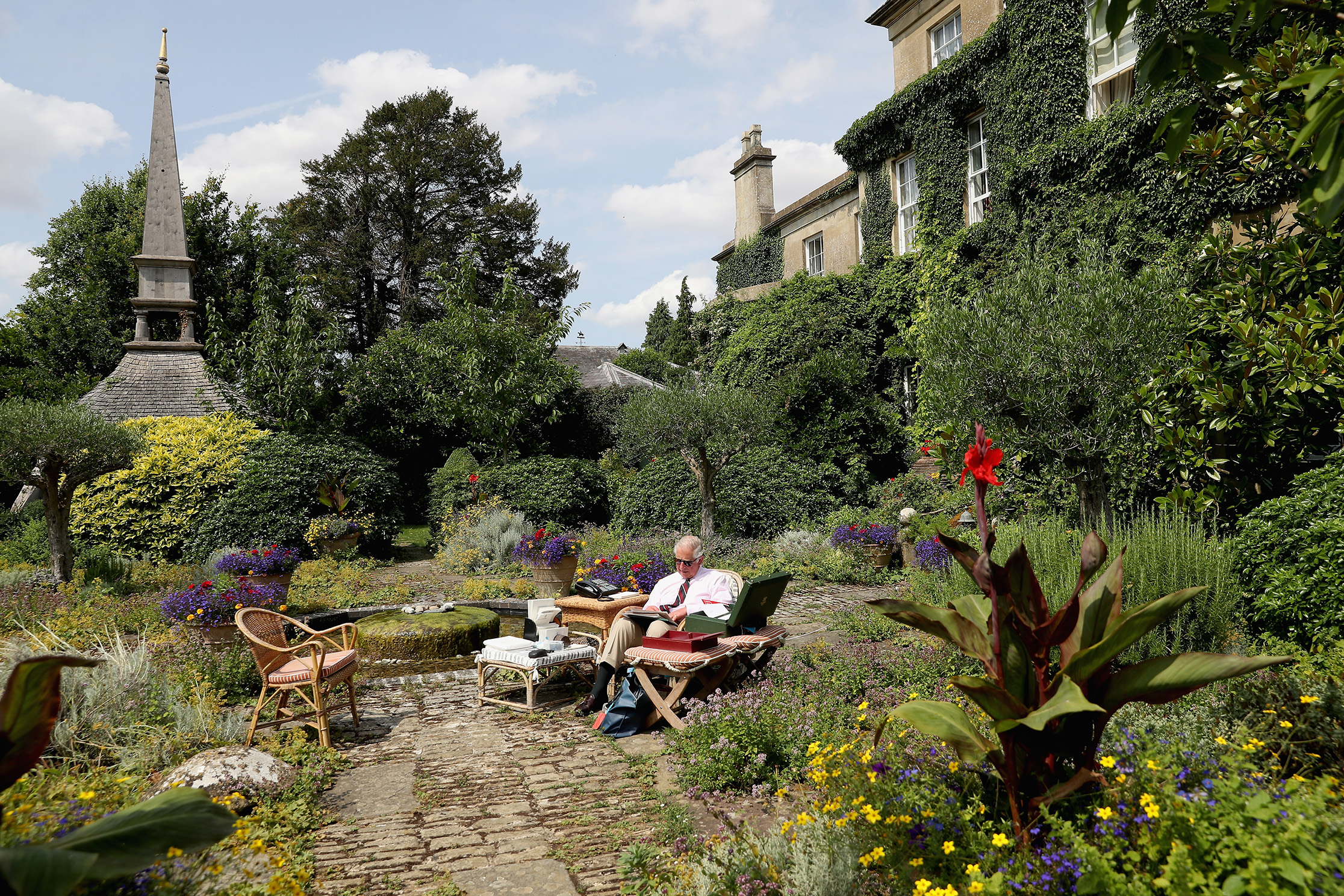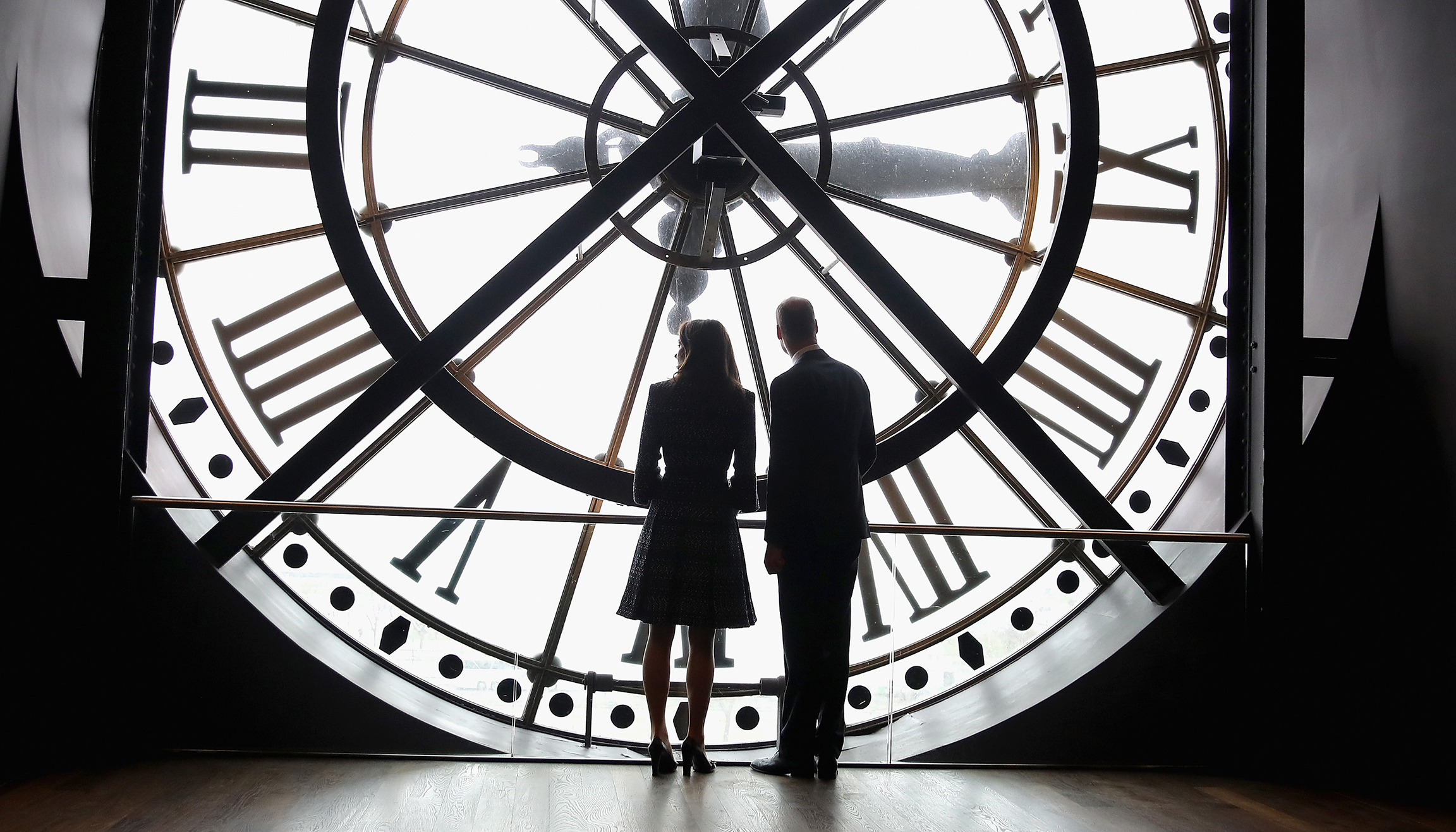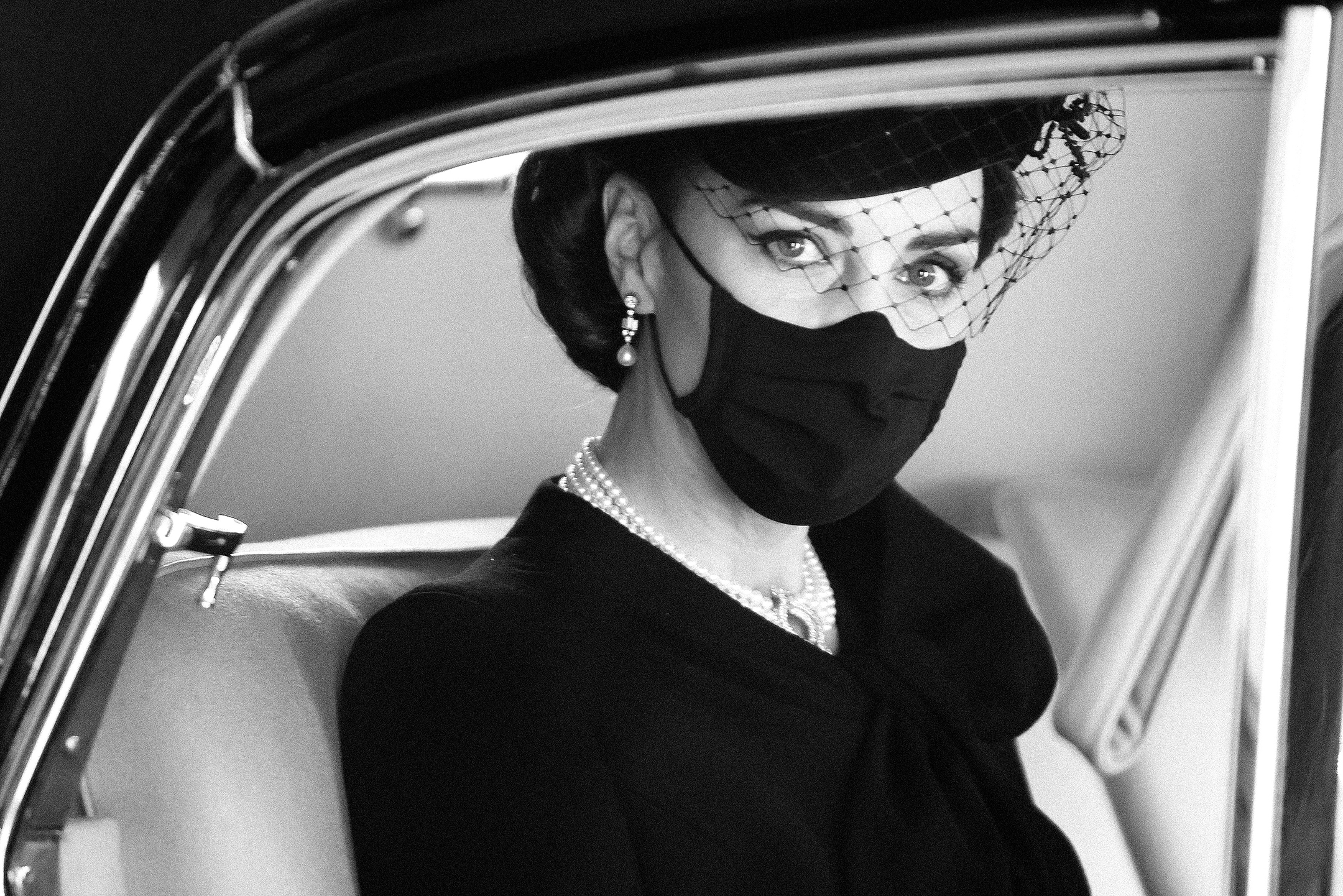Behind The Crown: confessions of Getty's royal photographer
Chris Jackson talks about what it takes to be the photographic companion of the British Royal Family
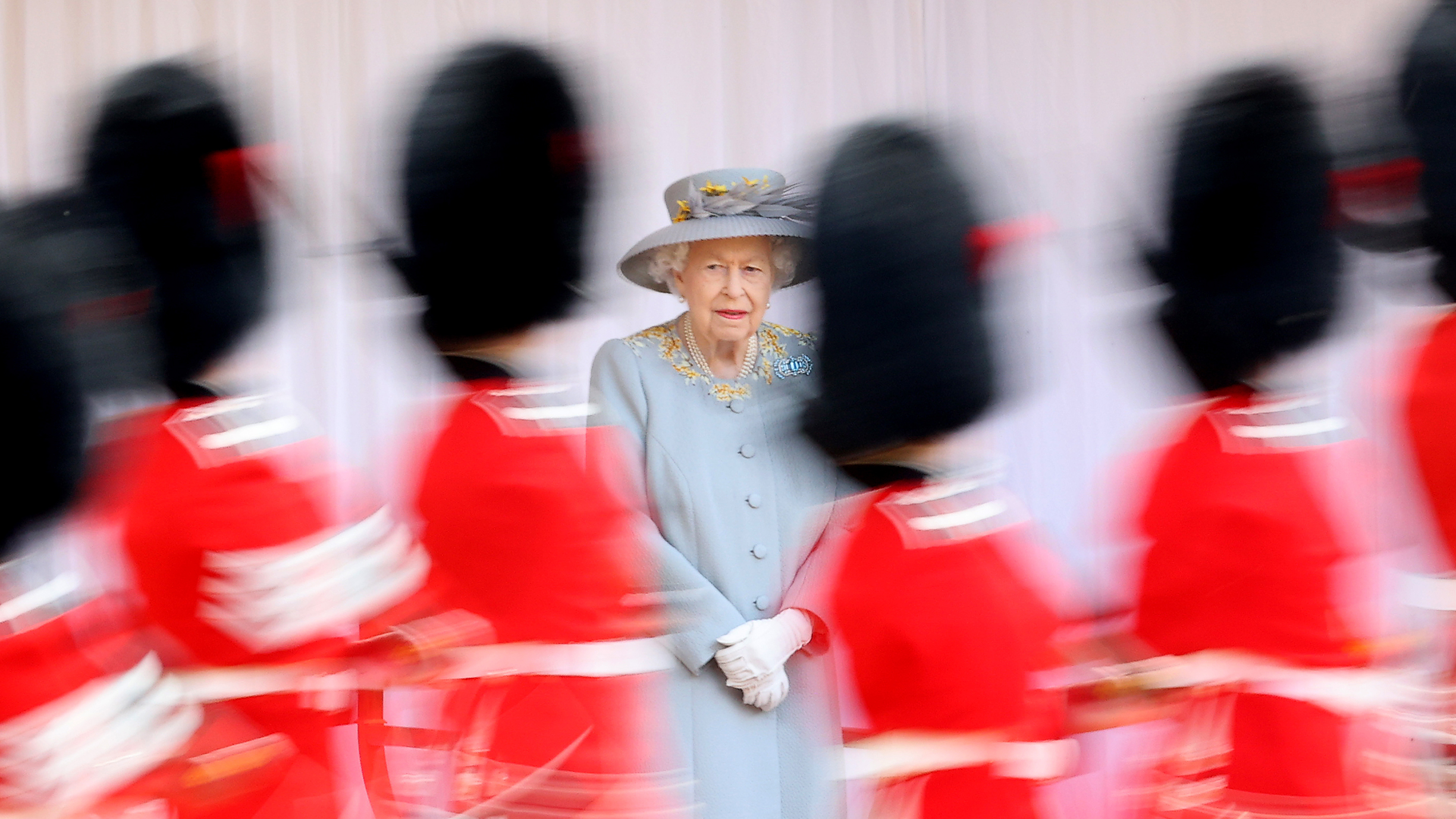
Professional royal photographer Chris Jackson gave a talk entitled Behind the Crown at The Photography and Video Show earlier this year and we were eager to find out more about him and share the inside scoop on the work of one of the best photographers in his field.
Chris has worked with the Getty Images agency for 21 years, covering some of the world’s biggest news stories on assignments in places ranging from Los Angeles and Nigeria to Japan and Dubai, among many others. He has photographed diverse events, such as the drought in the Horn of Africa and the inauguration of Pope Benedict XVI.
Along with capturing official portraits of Queen Elizabeth II, King Charles III, Queen Camilla, and The Prince and Princess of Wales, Chris has documented royal events, including weddings, births, and christenings, and has accompanied the Royal Family on every major royal tour over the past two decades.
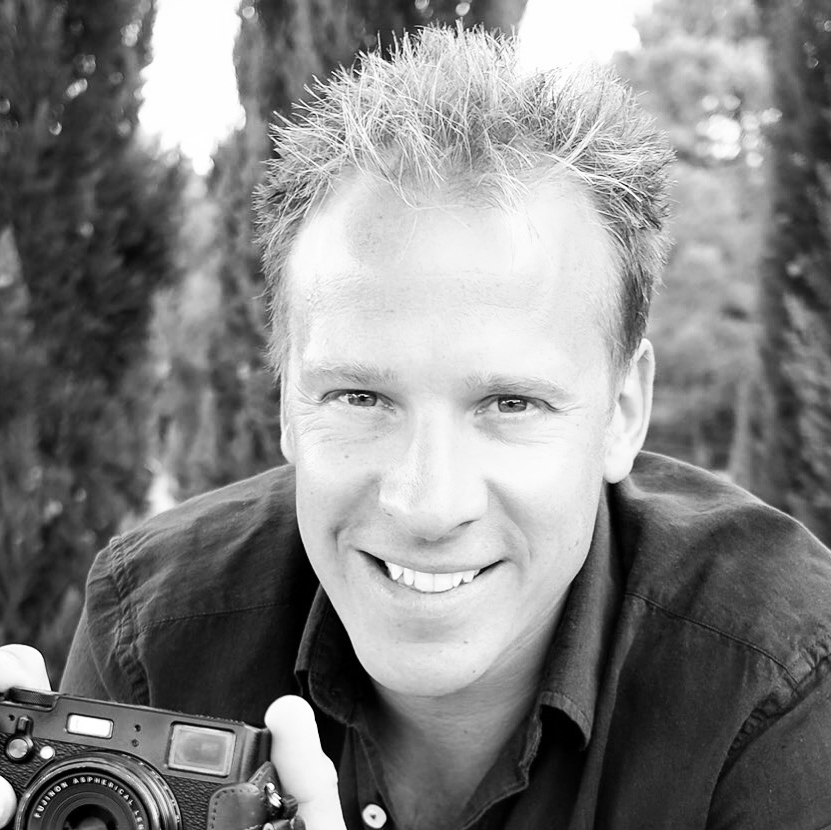
Chris is the royal photographer for Getty Images. He works with the British Royal Family across all facets of royal life, from day-to-day coverage of official engagements to official portraits, royal tours, charities and coverage of special events, such as the coronation. He has won several awards, including the Royal Photographer of the Year in 2011, 2015 and 2016. He has also published three best-selling books, including his most recent one, Charles III: A King and His Queen.
Interview
Hey Chris, could you please tell us how you became Getty Images’ royal photographer?
I studied physiology and psychology at university but my passion was for ‘creating’ art. Photography seemed to fit the bill of the personal interaction that I loved but also offered the possibility of creating. After spending a disproportionate amount of my student loan on a Nikon F70, I bought a darkroom and set it up in the dilapidated cellar of my student house; it all started from there.
Over the next couple of years, I worked with the fantastic student newspaper at Cardiff University Gair Rhydd (‘free speech’ in Welsh) and was sent on assignments photographing everything from rubbish on the streets of Cardiff to university hockey matches.
After university, I moved to London and temped to pay the bills – everything from working in the post room to IT. At the same time, I did as much work experience with different genres of photography as I could, from advertising to press. Eventually, I realized it was a career that was viable to pursue, and I managed to get a job at Getty Images as an account executive. I managed to secure another substantial loan to buy all my digital kit and, after a lot of pestering, I was allowed to shoot at Getty around my day job at weekends and before and after work.
The royal side of things developed organically over time. It was certainly a genre I realized that I enjoyed, and the history, travel, and interest in the images all came together to create an exciting environment. After 21 years at the agency now, the rest is history.
Out of the countless moments you have captured in over 20 years of photographing the Royal Family, which ones do you remember most fondly?
Wow, that’s a tough one! I suppose the experiences that stand out fall into a number of categories. Of course, those big historic moments… having a ‘front row’ seat to history, such as the wedding of William and Catherine, watched by millions of people around the world, and capturing that moment behind King Charles and Queen Camilla on the balcony for their coronation was special and a huge privilege.
But it is also the quieter moments that stand out. Spending time with the children of Sentebale in Lesotho or getting to know the special Invictus games ‘family’ over the 10 years I’ve photographed it. Meeting the ‘mud men’ of Papua New Guinea or being amid a royal arrival in the Solomon Islands as 2,000 locals gathered to capture a glimpse of the royals, all are unforgettable!
I’ve been lucky enough to travel to around 100 countries worldwide and places like the Galapagos Islands, Japan, Australia and New Zealand and, of course, Canada. A great royal tour is one of the most exciting things to photograph. There is real energy on the ground and huge interest back home with colourful and relaxed images a million miles from the pomp and ceremony of royal engagements back home. It always makes for some fantastic photographs.
Could you take us behind the scenes of a portrait session with members of the Royal Family and share how you have mastered capturing their personalities?
I think over the years, I’ve learnt that preparation is key and also to keep it simple. For me, a great royal picture relies on the interaction with the subject and the ‘moment’ rather than a fancy lighting setup. Plus, with the latter, there is almost certainly more to go wrong in a tight time frame. Often you are limited in the time you have to capture it – sometimes you just have minutes or even seconds – so the more things that can go wrong, they probably will! Spares of everything are essential and working with the right people when required is important. I always try and make the atmosphere feel as relaxed and informal as possible. I once even roped in a royal aide to dress up as a bear to get some relaxed smiles from the children.
What is your preferred portrait lens for such occasions?
It totally depends on the individual situation. For day-to-day reportage, when I am in control of where I can move, I prefer prime lenses with apertures like f/2 or f/1.2. Isolating the subject with a shallow depth of field works well with these. If I have less flexibility of movement, I need the ‘zoom’ element to frame the subject – the 70-200mm is an absolute workhorse for royal photography but recently I’ve been using the Canon RF 28-70mm f/2L a lot more. It’s a fantastic lens but quite heavy so my back often feels it at the end of a long day!
For royal photography, you use the best lenses to do the job – more often than not you are not in control of the distance from the subject and the light. So I use anything from the above to 800mm lenses, which I used for some of those iconic ‘balcony’ moments, for example.
Were there any specific challenges that you had to overcome during the curation process?
Like so many events I photograph, they are ‘firsts’, things I’ve never experienced before and probably won’t ever again! The Platinum Jubilee, weddings, christenings and coronations certainly spice things up alongside the regularity of events I have shot for years, such as Royal Ascot and the Highland Games.
The lack of previous experience adds to the excitement but also to the stress. Being prepared for every situation is often key but it can occasionally mean you are weighed down like a packhorse with many different lenses.
I try to mitigate this with recces, if possible, to look at distances and lighting but in the event, you have to have the kit with you that enables you to get the shot you need in whatever condition that might be on the day. I don’t generally like to use flash but often you have no choice. These days, the high ISOs you can shoot with cameras like the Canon R3 make that a lot less frequent but it varies. If I can use a mobile softbox for portrait situations, that’s also an option that I will try to exploit.
Your most recent publication is a book called Charles III: A King and His Queen. Can you tell us about one of your favourite images from the book?
It’s always exciting to publish a new book and this was certainly no exception. We did it in a super-quick time to get it out for the coronation and I was really happy with the response. I’ve enjoyed working with the King and the Queen over the past 20 years, and I hope this book gives some real insight into their warm personalities as well as their incredible ability to connect with people around the world.
One of my favorite photos would be either King Charles leaning up against an ancient tree in Windsor Great Park, when he was announced as a ranger, or the one where he’s working on a hot day amongst the flowers in his garden at Highgrove in Gloucestershire.
You often travel around the world with the Royal Family, so what essential items do you always pack for your trip?
Sun cream is the priority! Everyone is always commenting on how tanned I look but in all seriousness, that is a key consideration. I also make sure I have spares of all the important lenses, so that would be two 24-70mm lenses and a spare 100-500mm one. I also pack the relevant SIM cards – it’s one thing taking the picture, it’s another making sure you have the ability to send it to editors. And finally, running shoes. Often, you don’t have long in many of the places you visit so, as a keen runner, I try and fit in an early morning run – and get a little bit of ‘speed sightseeing’ done.
Since you follow a more reportage approach, could you share any tips on how to make yourself invisible during silent moments?
The introduction of mirrorless cameras was a game-changer and I normally shoot on silent, totally unobtrusively. However, sometimes when you get to the ubiquitous ‘group shot’, I have to put the ‘shutter noise’ back on so the subjects don’t look at you disconcertedly waiting for you to take the picture.
Above all, having respect for and an understanding of the situation is important. Rather than just snapping away, it is key to be aware of the environment around you and to have a sensitivity of where you are, whether that’s cultural or when you are in a hospital, for example. Knowing when to not take a picture is almost as important as knowing the right time to take a picture.
How did your ‘Behind the Crown’ talk go at The Photography and Video Show in Birmingham? Did you see any familiar faces or friends there?
Speaking at The Photography and Video Show back in March was a very special experience. It was my first time there and I really enjoyed getting around the show and listening to some of the other talks. There are so many different genres and worlds of photography and I was fascinated by the landscape chats. I even met one of my fellow Getty photographers who was chatting about how he prepared and shot the Olympic games!
I often give talks to people who are coming at photography from a more generalised angle and primarily with an interest in the Royal Family, so it was great to be able to tailor my talk to a slightly more technical perspective and chat about some of my kit for a change.
Get the best magazine for enthusiast and pro photographers delivered to your door or device with a subscription to Digital Photographer. Learn the hottest photo trends and techniques while getting essential advice on earning cash from your photography.
The best camera deals, reviews, product advice, and unmissable photography news, direct to your inbox!
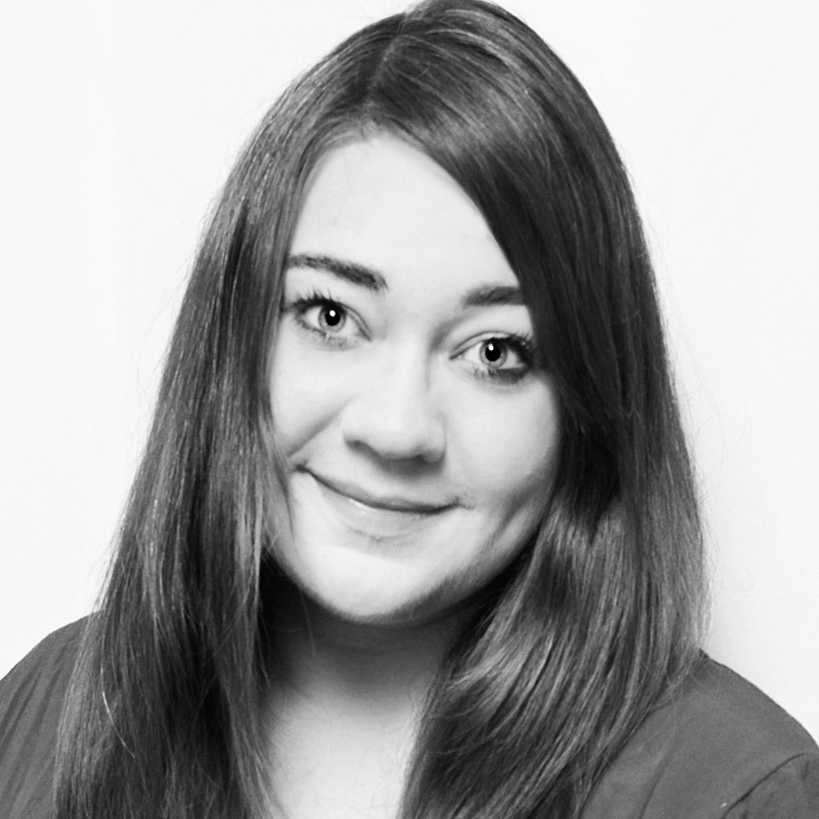
Kim is a photographer, editor and writer with work published internationally. She holds a Master's degree in Photography and Media and was formerly Technique Editor at Digital Photographer, focusing on the art and science of photography. Blending technical expertise with visual insight, Kim explores photography's time-honored yet ever-evolving role in culture. Through her features, tutorials, and gear reviews, she aims to encourage readers to explore the medium more deeply and embrace its full creative potential.
